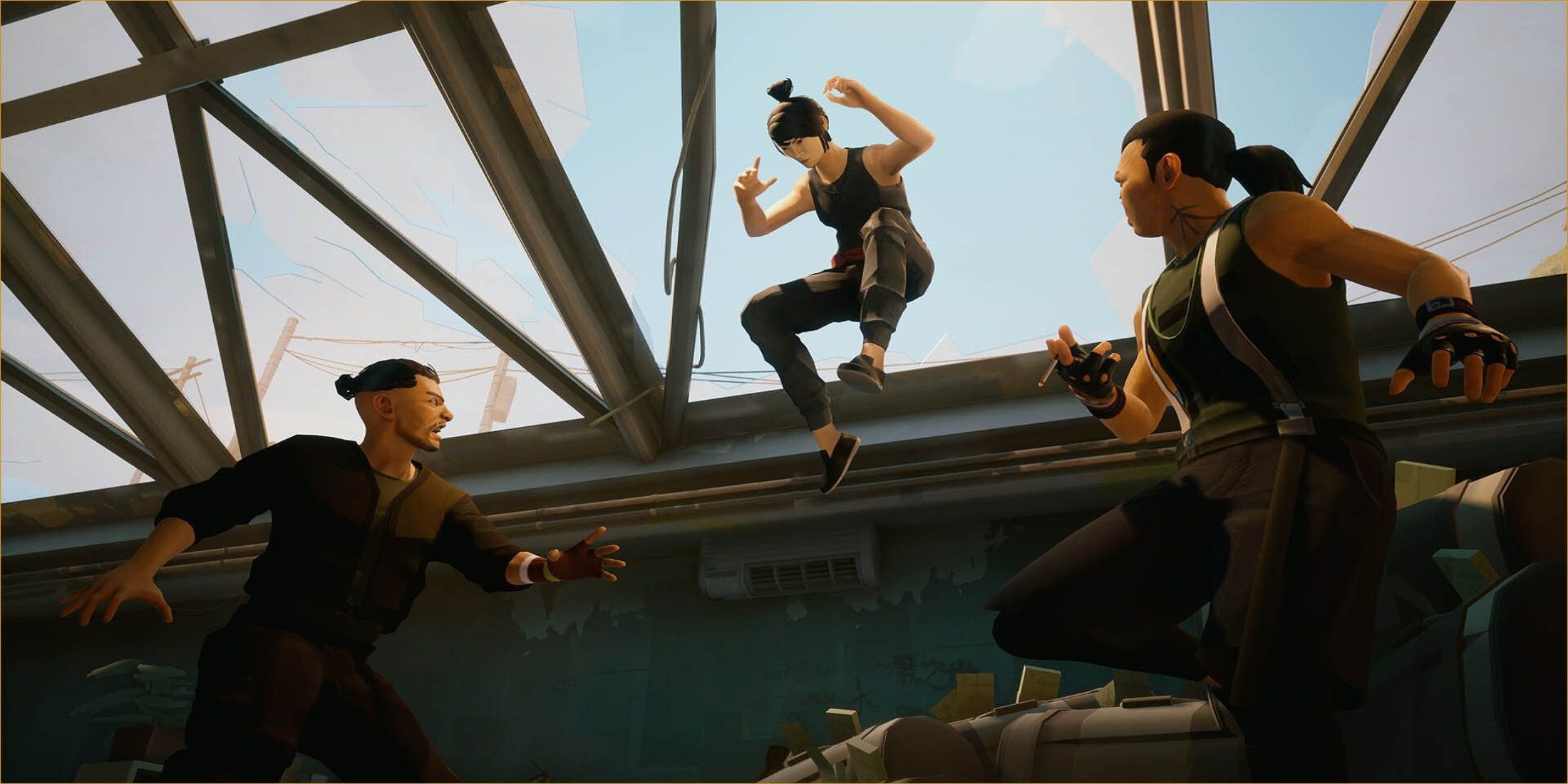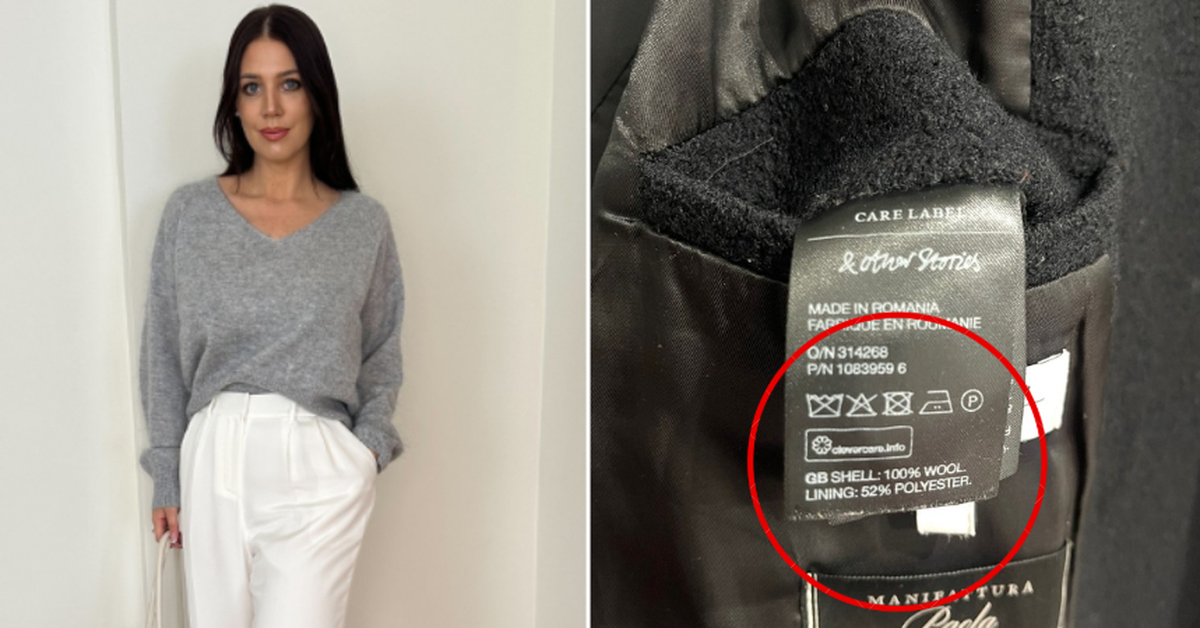Certain video game characters are characterized by their deeds. Some develop through conversation, abilities, or diverging stories. However, a character whose looks evolve throughout the narrative possesses a distinctly powerful effect. Whether it's a tangible mark from conflict, deceit infiltrating their aesthetic, or a total change in character, visual change can intensify the significance of each choice and every advance.
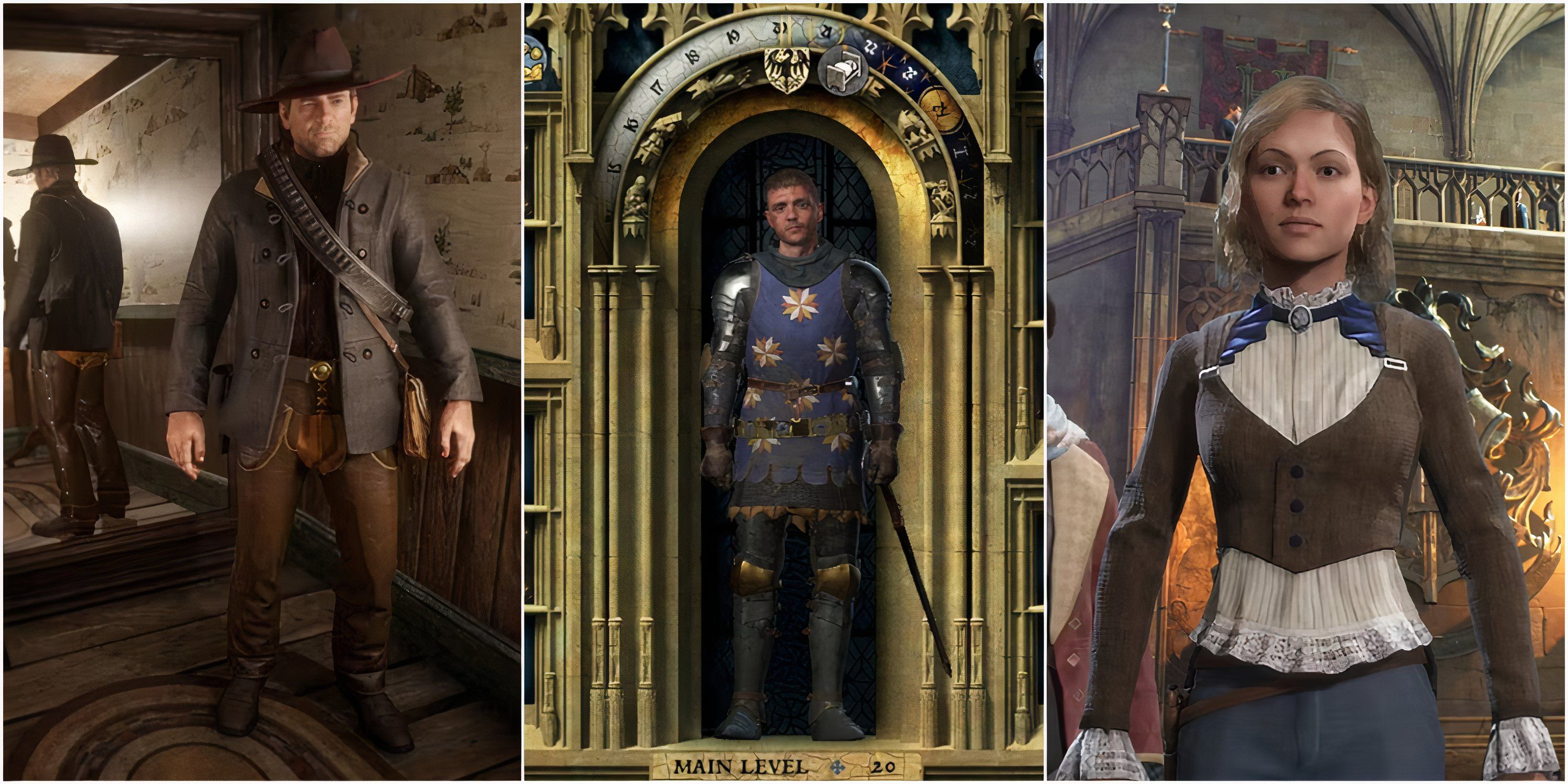
Related
Open-World Games With The Best Outfit Customization
Customizing outfits can be a lot of fun, especially when paired with the freedom that is often afforded players in open-world games.
These are more than simple outfit alterations. These are tangible transformations linked to storylines, game mechanics, or the emotional paths these characters experience. Here are some video game characters that evolve in appearance as time progresses.
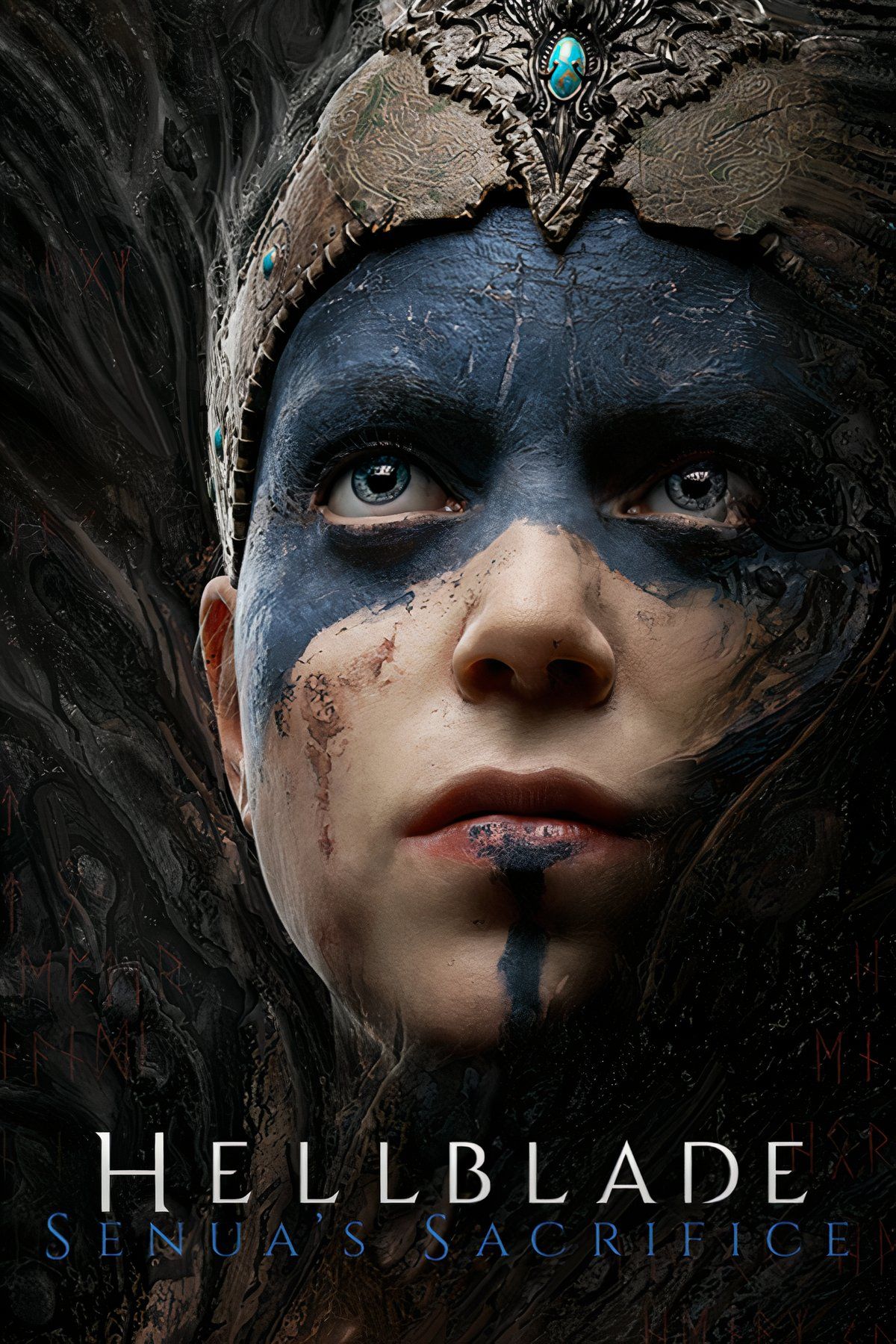
Senua’s quest in Hellblade is not only mental, but also visual. As she delves further into the Norse underworld, her appearance gradually declines, mirroring the physical strain of combat and the burden of her madness. Her face paint blurs, her eyes become more intense, and her stance changes from defensive to resolute. Players aren't merely observing a mental collapse—they’re seeing it appear on her skin.
It’s an uncommon instance of a game where visual transformation isn’t merely cosmetic or mechanical—it’s narrative. Senua’s development reveals all you need to understand about her journey, even before she speaks. Although the game never overtly highlights it, the gradual, unsettling change maintains tension for the player. Consistently reminding players that there is an issue, not only with the world, but also within Senua herself.
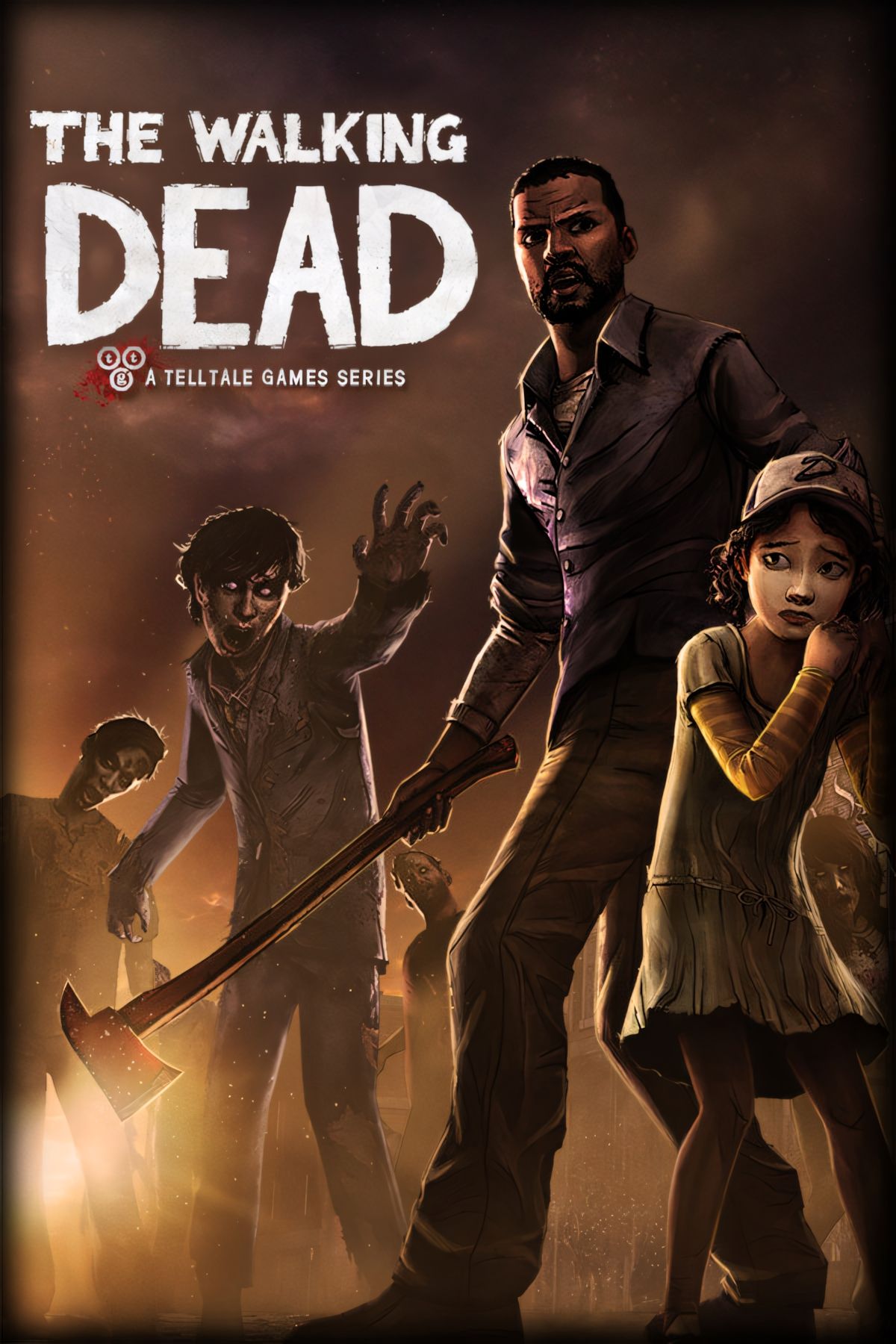
- Mature 17+ // Blood and Gore, Drug Reference, Intense Violence, Sexual Themes, Strong Language
- Telltale Games
- Telltale Games, Skybound Games
- PlayStation 4, PlayStation 3, PlayStation Vita, Xbox One, Xbox 360, PC, Mobile
- 13.5 hours
Lee Everett's change is purely human. Throughout The Walking Dead: Season One, Lee transforms from tidy and collected to injured, marked, and fatigued. Every scrape, contusion, and weary look reflects the gradual decline of a man striving to maintain stability for another's future. His clothes become more soiled, his stance more rigid.
Once the infection takes hold, his body language transforms into a slower, weaker form, but somehow retains a greater determination. Lee's alteration isn’t focused on personalization—it revolves around outcome. Players observe the cost of each choice, not only in his surroundings but also within Lee himself.

- M for Mature: Blood and Gore, Intense Violence, Nudity, Sexual Content, Strong Language, Use of Drugs
- Naughty Dog
- Sony Interactive Entertainment
- PlayStation 5
- Mighty
In The Last of Us Part 2 Ellie’s visual change is slow yet intentional. She starts the game appearing as a self-assured, tough survivor, with a firm hold on her equipment, well-fitted attire, and a keen look in her eyes. However, as the narrative descends into gloomier realms, her looks deteriorate alongside her mental well-being.
By the latter half, her skin bears bruises, her hands shake, and her clothing is tattered and stained with blood. Every visual element mirrors her experiences and the losses she has encountered on her journey. In the last act, Ellie appears emaciated, skeletal, and has lost two fingers; her physical condition reflects the consequences of her decisions. It's not only that she has experienced a lot—it's that the game forces players to witness it at every turn.

Metal Gear Solid 5 The Phantom Pain
- September 1, 2015
In Metal Gear Solid V: The Phantom Pain, Venom Snake not only transforms, he disintegrates. His look changes according to the player's choices, his standing, and the game's concealed storyline. From the start, he has a horn-like piece embedded in his head, a lost arm substituted with prosthetic technology, and a haunted expression that conveys the trauma of coming out of a coma into perpetual conflict.
However, the visual change doesn’t end at that point. The more players slay, the bloodier and gloomier Snake grows. His face stays marked with blood post-missions, and his "demon horn" becomes noticeably longer if fans choose to play as a brutal, deadly commander. It's an unusual instance where ethics have an immediate visual effect, and it strengthens the story's theme of identity disappearance. Venom Snake’s appearance not only shows who he is but also questions the very essence of being that individual.
Amicia begins A Plague Tale: Requiem appearing as a survivor, yet she retains the tenderness of one holding onto hope. Her garments are tidy, her actions deliberate, and her facial expressions cautious. However, as the game advances, this starts to deteriorate—both mentally and physically. Her change is gradual yet harsh. Her clothing rips and gets stained as the narrative intensifies. Her stance becomes rigid, her gaze sharpens, and by the later chapters, she holds herself like someone who's experienced too much, too quickly.
The change isn't merely visual—it’s thematic. As Amicia increasingly resorts to violence to safeguard her brother, her looks reflect that transformation. It’s an unusual, realistic illustration of how character design can depict trauma beyond a simple storyline.
Jason Brody begins the game appearing just like what he is: a delicate, entitled tourist thoroughly uncomfortable in his surroundings. However, as the narrative drives him further into brutality, survival, and tribal mysticism, his body starts to mirror that decline. His attire grows dirtier and more tactical, and he becomes adorned with the tatau, a tribal tattoo that develops along his arm as the story unfolds.
These modifications signify his growing acceptance of brutality and control. By the end, Jason no longer appears to be someone lost; instead, he seems to fit into the island, and not positively. Jason’s change in mindset isn’t conveyed through words; it’s etched into Jason’s skin. It’s a visual display of an individual’s decline into insanity.
Throughout the Mass Effect trilogy, Commander Shepard's look not only varies between games—it adapts based on who Shepard evolves into. Particularly in Mass Effect 2, The players ethical choices directly change Shepard’s appearance. Embrace Renegade choices, and Shepard starts to acquire radiant red scars and cybernetic enhancements, evidence that they are sacrificing their humanity for the objective. Assume the role of a Paragon, and the very same scars diminish, strengthening a feeling of control and ethics.
These alterations carry over into Mass Effect 3, strengthening the link between the enduring choices and Shepard’s character. It involves observing them transform into something completely different, molded by each choice that the player makes.
Arthur Morgan doesn't merely grow older throughout Red Dead Redemption 2—he deteriorates. His transformation is among the most realistic and relatable in gaming. Right from the beginning, Arthur is a seasoned criminal, yet the game gradually transforms him as time passes. His beard develops, and he fluctuates in weight based on the player. However, the actual change starts when the disease arises.
Tuberculosis alters everything. His stance deteriorates, his voice becomes frailer, and his face starts to appear hollow and colorless. In the concluding chapters, Arthur’s every action seems more burdensome and contrived. Rockstar avoids exaggeration with cutscenes; instead, it allows the decline to unfold naturally within the open world. It's in the way he rides, battles, and breathes. Arthur's transformation reveals a legacy in how he fades away.

No character embodies the flow of time quite like the main character in Sifu. Whenever players die, the character ages in appearance, visibly, and permanently. Initially, the character is a young martial artist, nimble and brimming with promise. However, with every loss, he aged. Hair turns gray. Stance becomes rigid. Wrinkles become more pronounced, and his physique begins to appear as though it has endured a lifetime of suffering.
However, what makes it exceptional is that as their body gets older, their abilities develop. The main character strikes more powerfully, but sacrifices speed. This transformation showcases his skill, yet also his fragility. Ultimately, he appears as a legend, marked, composed, invincible, yet the next demise might be the final one. It's a method that constitutes the narrative.
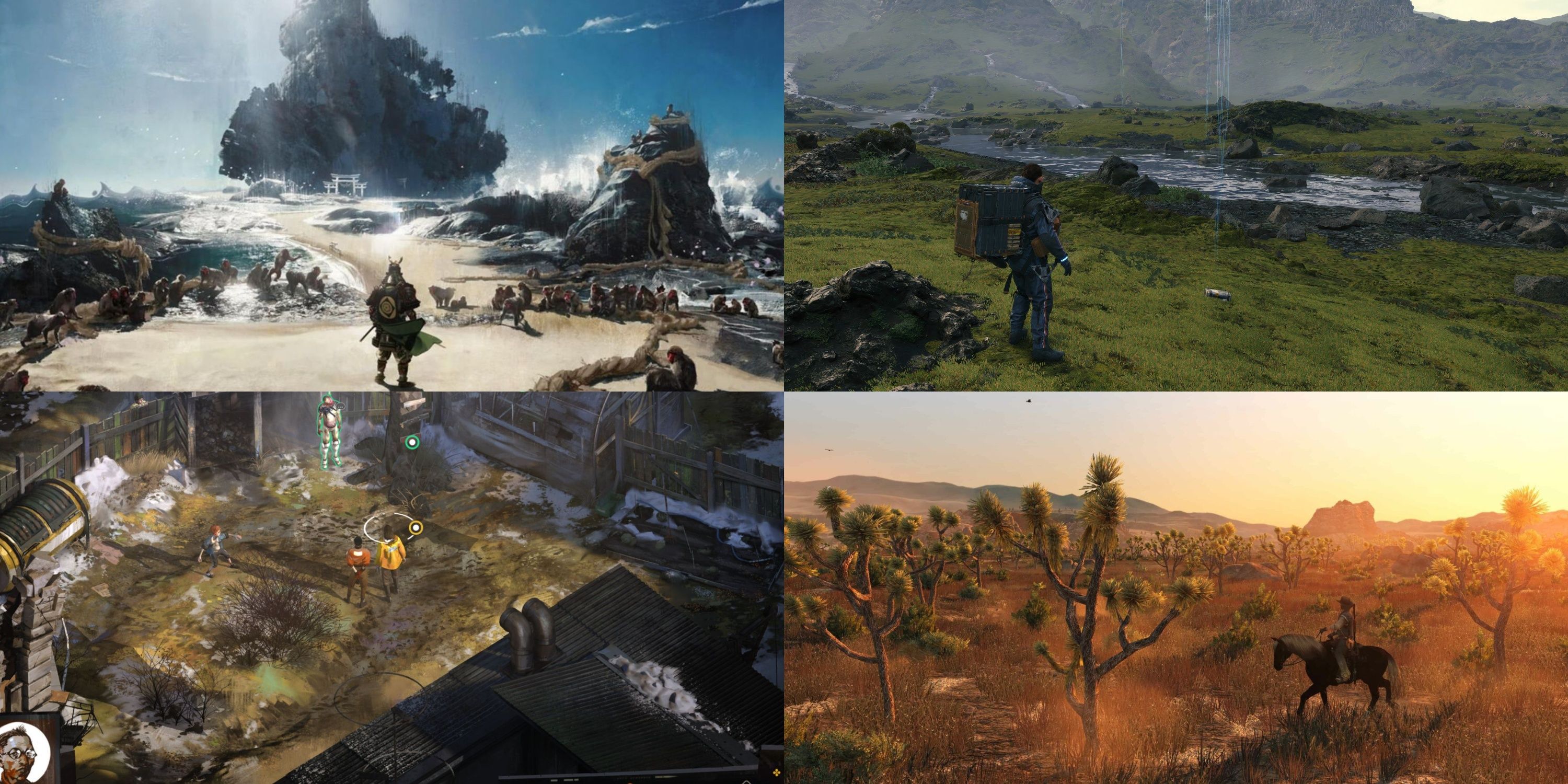
More
10 Open-World Games With The Best Art Design, Ranked
They say 'beauty is in the eye of the beholder'; however, there's simply no denying that these open-world games have amazing art design.
